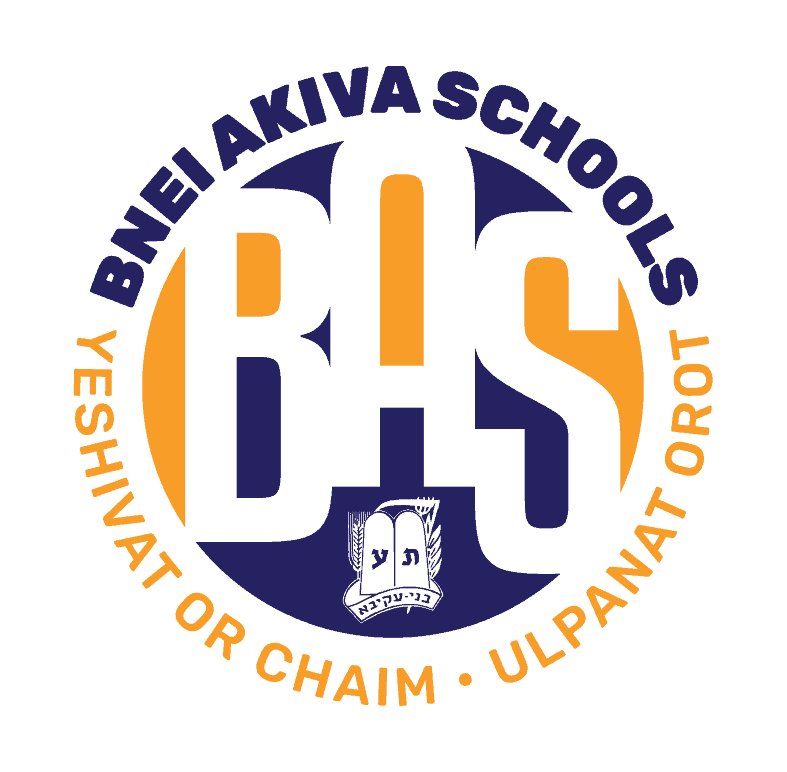Yachatz: The matzot represent the various parts of Bnei Yisrael: Kohanim, Leviim, and Yisrael. Yet, we break one of them. Then we begin Maggid with הא לחמא עניא which is about inviting those in need to our seder. This is a great moment to focus on the concept of כל ישראל ערבים זה בזה we are all responsible for one another, both in the realm of physicality, and in the spiritual realm as well. It is important to realize that no single person can keep all 613 mitzvot. Some commandments are for kings, others for kohanim, others for first borns, etc. When we all work together toward the same goal, we are aiding each other in working towards honoring G-d and thus making the world a better place.

Magid: This section will need to be broken down by paragraph. Some ideas include: Everyone come to the Seder with a pre-made invitation creatively inviting someone to the seder. One of my kids made a matzah shaped invitation inviting Peppa Pig to join us! Props are always a bonus. Give out microphones to the Ma Nishtana singers. Ask your child to write and sing a 5th question. Avadim Hayinu is a great place to put on a play. Costumes at the seder serves 2 roles. One, they help get you into character and once again create the right ambiance. Two, they cover your beautiful clothes when you are trying to drink and lean at the same time and eat matzah with all of its crumbs. Old sheets and pillow cases make for great slave costumes and Pharaoh costumes come cheap online.

If your child is artistic have them create a gallery to depict the steps delineated in Dayeinu. Provide chocolate chips for good questions and marshmallows for good divrei Torah. Take popular games and turn them into Seder games. Mad Gab, Trivial Pursuit, The 5 Second Rule, Who Wants to Be A Pesach Millionaire, Headbanz, Taboo are all great for this purpose. Have everyone come prepared with their own bingo board of things they think people will say or do at the seder. A major theme of the seder is Hakarat Hatov. Of course we are grateful to G-d for saving us, but somebody also made sure that we all got to the seder, that the house is clean, that we have what to wear and what to eat. Go around the table and have everyone say a personalized thank you to that person. Bring lots of interesting and varied materials to the seder like plastic cups, paper towel rolls, tissue boxes. Break into teams and have each team build a pyramid that can hold a certain amount of weight. There is a whole section in Maggid about numbers. Play a Torah trivia game, math edition. Blindfold a few people. Create a “minefield” by dropping small items on the floor. Have them experience חושך by walking through the minefield.
Shulchan Orech: Try making Makkot themed foods. Meatballs are great for hail or boils. Create an “Escape Egypt” game. Pre-decide a hiding spot for the afikoman. Have everyone solve a series of Pesach related riddles in order to find it and earn their prize.
Chad Gadya: Assign a noise to each character on the list. Assign a person to each noise. Sing with sound effects.
Two last pieces of advice to help each Seder be successful. Make a meal and serve it at 4pm. The less hungry everyone is, the less likely they will rush Maggid in order to eat. And, if you have young children, allow them to stay up the first night and then host a mock seder in the afternoon on the following day. They can be the ‘parents’ at the Seder and run it. Then put them to bed at a normal time and your second seder can now be much more teen/adult centered.
There are obviously a million more ways to do the Seder and do it well. You of course need to know your audience and yourself, but know that the more preparation, the more satisfaction will be felt when the night is done. Pesach is that moment when each of us take on the role of teacher and with a little extra effort you can create an environment of tremendous growth, excitement, and most importantly, a strong connection with our incredible heritage.
Have a Chag Kasher V’Sameach and good luck!
Yael Gelernter is Assistant Principal at Ulpanat Orot

 by Mrs. Yael Gelernter
by Mrs. Yael Gelernter


